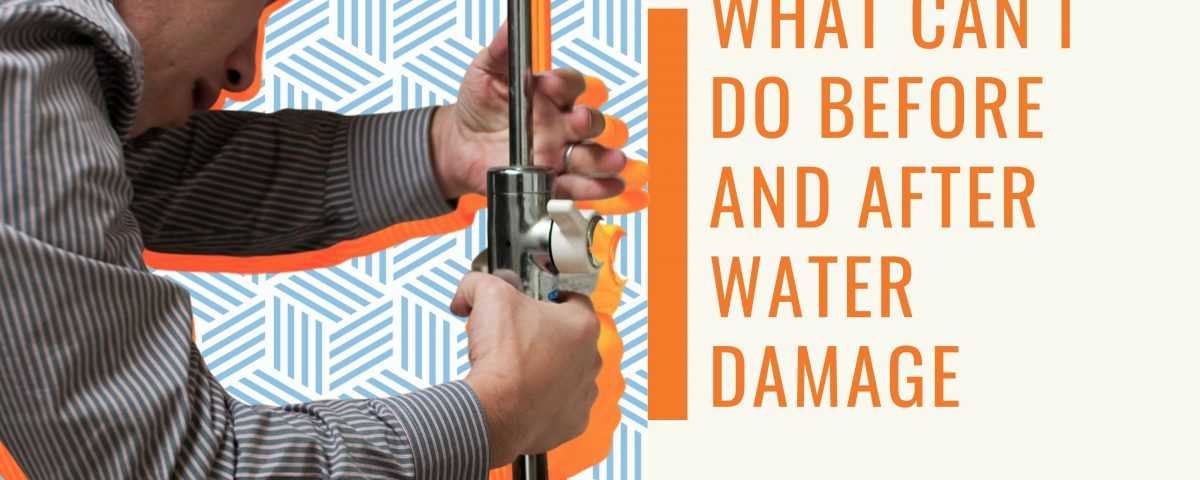- Exactly What You Need.
- (704) 558-7433
- (704) 960-1860
- hello@tillmaninsadv.com
What Can I Do Before and Water Damage?

When Should I Update My Policies?
August 24, 2020
Event Insurance in a Pandemic
August 24, 2020Accidents are bound to happen in the home. However, what is not bound to happen is not having an insurance cover. A traditional homeowners’ insurance is quite handy to cover accidental and sudden water damage in the home.
Someone has to pay for repairs when your drywall is drenched. It has better be your insurance policy—preparing for damages caused by water before and after is a factor of your homeowners’ insurance policy. Usually, there are two forms of homeowners’ insurance policy; dwelling coverage and personal property coverage.
Before water damage, it’s essential you assess what your homeowners’ insurance policy covers. While dwelling coverage pays for repairs for your structure in the event of water damage, personal property coverage extend to your belongings affected by water.
Nonetheless, you have to be aware that there is rarely an insurance policy that will cover the following water damage;
Caused By Unresolved Maintenance Issues
Let’s say there are maintenance issues that lead to water damage; your homeowners’ insurance policy will rarely cover it. This also extends to the continuous leak of faucets or other fixtures.
Replacement of The Source
While your homeowners’ insurance policy may pay for the tearing down and repairs of the wall or floor, don’t expect it to pay for the leaking water closet that caused the damage.
Back-Up From an Outside Drain and Sewer
The traditional homeowners’ insurance will also not cover any damage caused by an outside sewer and drain. This damage will require additional insurance coverage.
Flooding
Regardless of the source of the flood, the homeowners’ insurance coverage does not cover any damage caused. This will also require separate flood insurance coverage.
What You Should Do To Be Safe From Water Damage
The following are a checklist of what needs to be done to be safe;
- Keep up with maintenance. Make it a habit to get your water fixtures in top conditions all year round
- Talk to your insurance agent to have a clear picture of what is covered in your homeowners’ insurance policies.
- Ask if there’s any additional coverage appropriate for your type of home.





